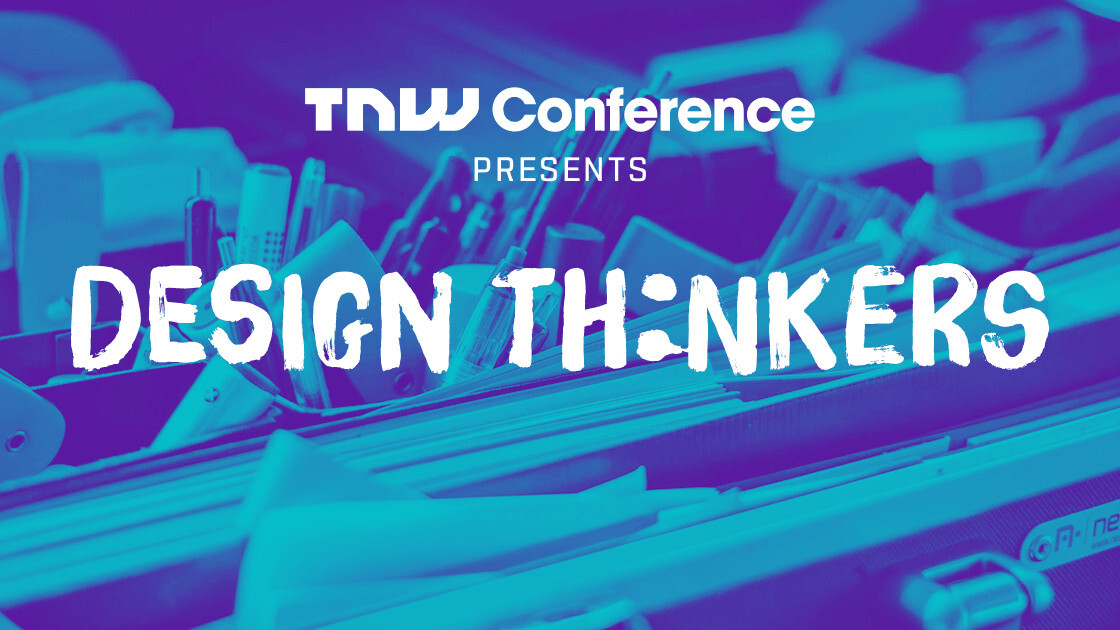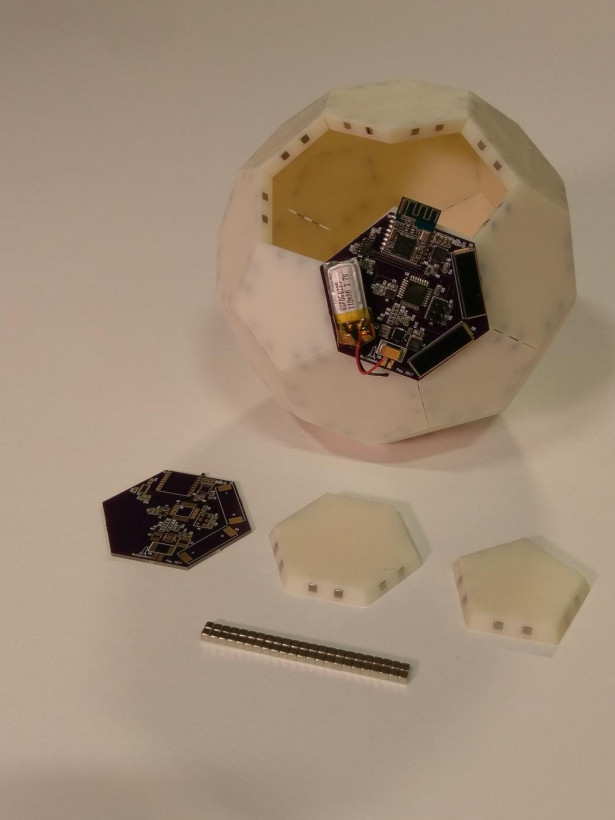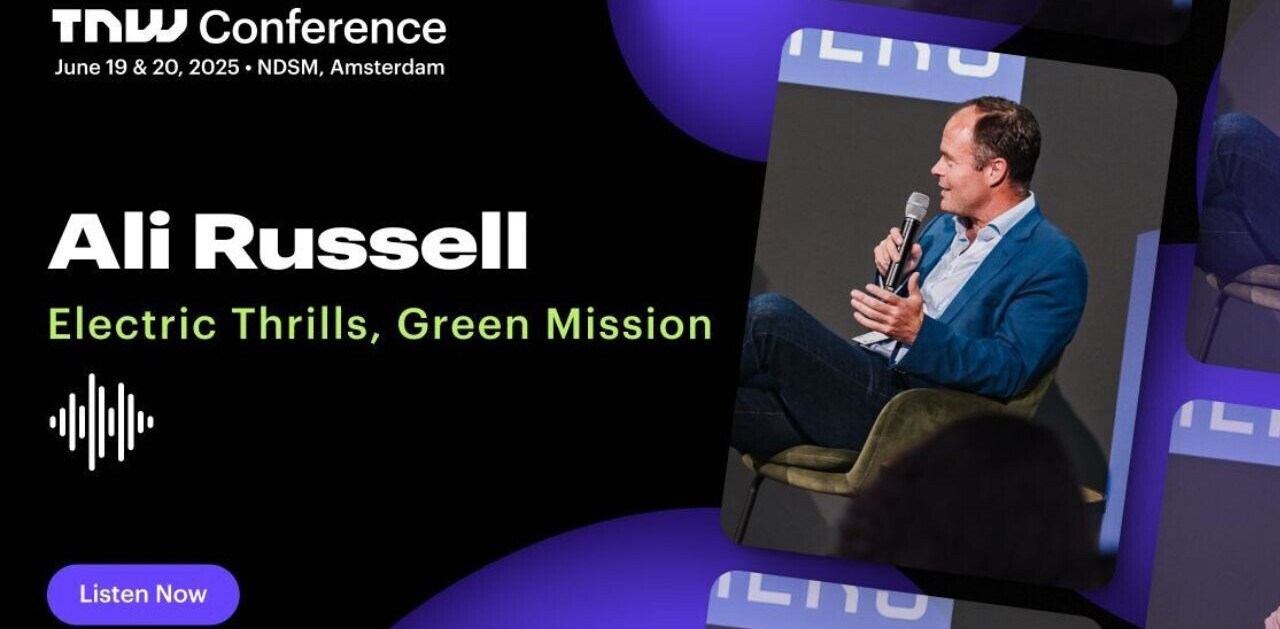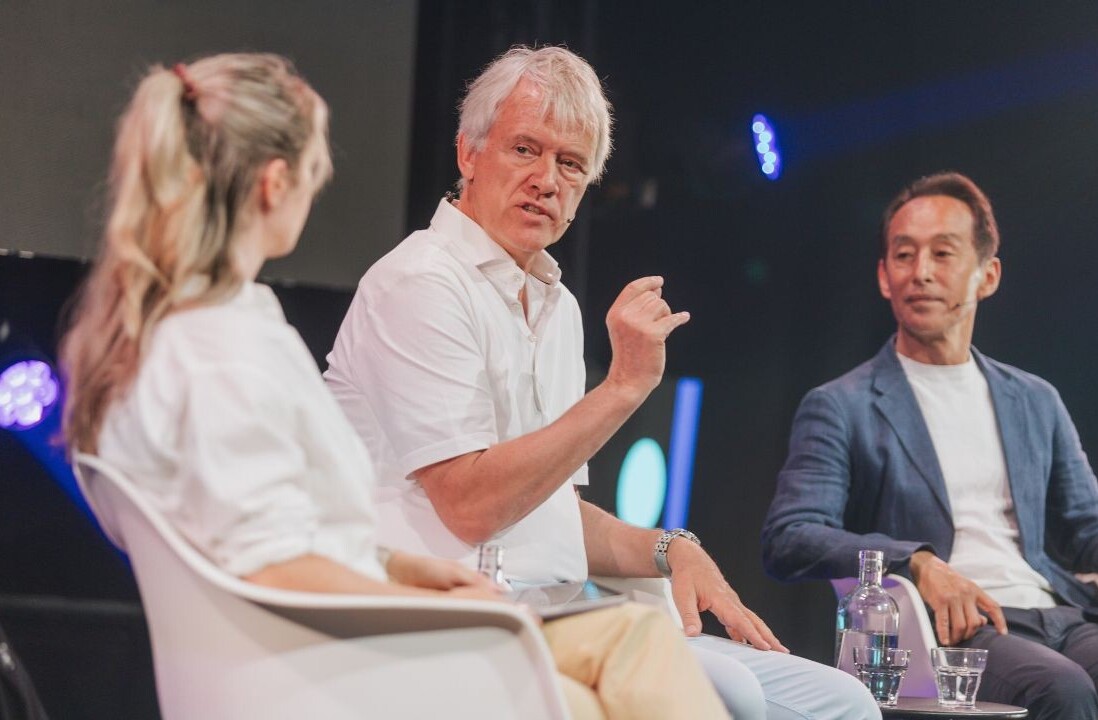
Design thinking can be used across industries to produce some really cool end results. Sometimes, the field can be totally unexpected — take space exploration, for example. The Space Exploration Initiative at the MIT Media Lab is combining design principles to fast-forward innovation:
We’re trying to actively prototype our sci-fi space future. Look at Star Trek or Star Wars, these fantastical sci-fi visions of the space future. We’re at a point now where at MIT and elsewhere, we’re able to actually build and test those kinds of technologies.
These are the words of Ariel Ekblaw, a PhD candidate and founder of the Space Exploration Initiative. She sat down with me to discuss their fascinating work. They combine talent from a myriad of fields — uniting scientists, engineers, artists, and designers — to create a “design-oriented future of space exploration.”
Ariel will also be speaking at the Design Thinkers track at TNW Conference next week. She’ll dive deeper into how design thinking can be harnessed in outer space.
Sci-fi becomes real through design thinking
Ariel’s own project TESSERAE creates self-assembling and reconfigurable magnetic plates that snap together in zero-gravity, to create habitable structures in space.
Ariel tells me how the shape of TESSERAE’s magnetic plates are based on the design principles of architect Buckminster Fuller’s geodesic dome, referred to as a Buckyball:
The idea is to bring the concept of geodesic domes from Earth up into orbit, so it’s very much inspired from this design principle. And recognizing at the same time that the Buckyball is a carbon-60 structure that occurs naturally in nature. So a lot of the science that I reference in TESSERAE is also drawn from that side, marrying the design and the science approaches.
Her project also takes advantage of the unique affordances of zero-gravity:
TESSERAE is fundamentally a habitat. That’s the goal, to be a next-generation space station in orbit around the Earth or Mars. That means that from the very beginning, I have to be thinking about the design affordances for zero-gravity. What does it mean to operate and assemble a space habitat in zero-gravity? Well, TESSERAE makes unique use of its affordances, so it comes together — it self-assembles — in a way that it would not be able to do in the presence of gravity. What you can imagine is the different tiles that create this Buckyball, this tessellated sphere, are separate. They’re tossed together, allowed to swirl around each other, and because they have magnets on their edges, they find each other and they bond together.

Honestly, that’s fucking cool. Ariel also explains that TESSERAE can completely advance space tourism, as these plates require zero construction from humans and lie flat like IKEA furniture, so it can easily fit on a space shuttle. Her project could make commercial space travel a reality much sooner than we think.
In the next 18 months, some of the projects developed by the Space Exploration Initiative will be tested on sub-orbital flights, with the goal of future deployments on the International Space Station.
Astronauts and the end-user
Of course, to make it habitable, Ariel has also considered user-centric design thinking:
We have to be thinking about the humans that would inhabit it. Everything about the design has to be robust, with extra layers of safety. I have to know that when the tiles have self-assembled, I can clamp the structure — seal all of those seams — well enough for an astronaut to go inside of it. So thinking about life-support systems, the layer of sensing technology that has to accompany the mechanical design. This is all user-based design thinking.

Essentially, design thinking has played a huge role in TESSERAE. The implications of design principles can be applied to even the most unlikely fields. But Ariel explains to me that ultimately, design thinking shouldn’t follow prescribed steps, but rather take on the form that suits the project. The Media Lab can be described as ‘anti-disciplinary’:
The Media Lab tries to take design principles that are fitting to this particular domain. I think it’s very fluid, and should fit the needs of what is being engineered, and to ultimately fit the needs of the designer. What’s beautiful about the Media Lab is that everyone around me comes from very different fields, and so that also influences my design thinking process — being open to how people think critically about these same problems.
Design thinking is at the core of the MIT Media Lab and the Space Exploration Initiative. It has far-reaching applications that can radically alter the way we approach the next frontier, such as space tourism. Ariel has used the principle to fit in with her experiences, expertise, and needs. The Space Exploration Initiative also aims to make space “accessible and engaging for millions—and someday billions—of people through the reach of DIY experiments, sensors, satellites, and ultimately through a new age of space exploration.” Their research portfolio and approach to design prototyping hopes to “diversify and open the space industry landscape, bringing moonshots and starshots into the purview of hackers and makers.”
At the Design Thinkers track, we’ll be exploring other fields that harness design thinking to create our future. Be sure to stop by, and if you want to hear more about Ariel Ekblaw’s amazing work, don’t miss her talk at TNW Conference next week.
Get the TNW newsletter
Get the most important tech news in your inbox each week.





